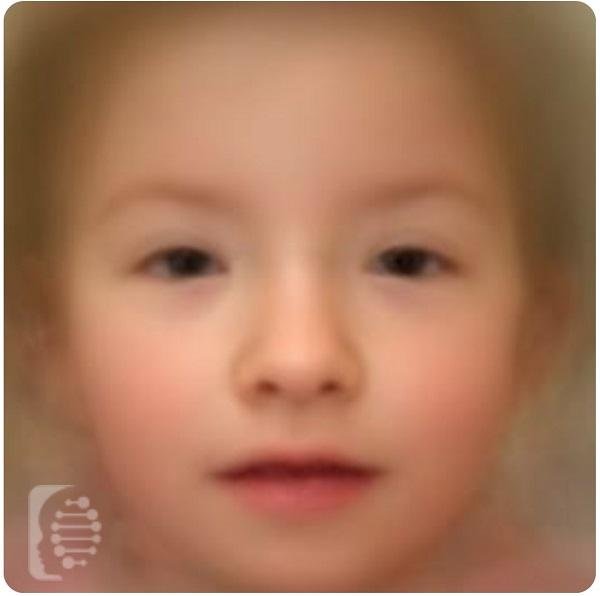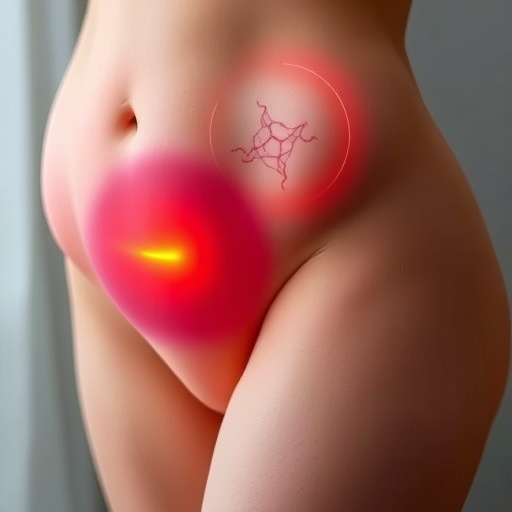TRAF7 syndrom: the firts forty-five patients

Credit: UNIVERSITY OF BARCELONA-IBUB-IRSJD-CIBERER
An international multicentre study describes a rare disease characterized by a series of recognizable facial features, cardiac defects and intellectual disability, which they propose to name as TRAF7 syndrome -according to the name of the gen that causes this pathology.
The study, published in the journal Genetics in Medicine, is led by a team of the Faculty of Biology of the University of Barcelona and the Institute of Biomedicine of the University of Barcelona (IBUB), the Rare Diseases Networking Biomedical Research Centre (CIBERER) and the Research Institute Sant Joan de Déu (IRSJD), in collaboration with experts from the French Institute of Health and Medical Research (INSERM).
In this research, the experts identified forty-five patients -who were not diagnosed before- with whom they could gain knowledge on this new syndrome, so far defined with an only previous article based on the study of seven people.
With the analysis of new patients, the authors described the clinical picture associated with the TRAF7 syndrome, featured by intellectual disability, motor delay, specific facial features, hearing loss, a heart congenital malformation -patent ductus arteriosus- and skeletal defects in fingers, neck and chest.
Apart from defining the TRAF7 syndrome-associated phenotype spectrum, the authors of the new study analysed the transcriptome -global expression analysis of all gens in a cell- of fibroblasts -the most common type of cell in the connective tissue- in several patients and controls. Therefore, it is possible to offer an explanation on the altered pathways in case the gen mutates and the disease originates.
Among other features that can contribute to identify the affected patients are also the blepharophimosis (eyelids are horizontally shortened), short neck with back deviations, pectus carinatum (malformation in the chest where the chest wall is held in outward position), and macrocephaly.
Last, the team used a computer application -based on photographs of several patients- to get a robot portrait of the syndrome which could be of interest for the paediatricians who have to work with cases of this disease.
###
Laura Castilla Vallmanya, researcher of the UB, IBUB, CIBERER and IRSJD, is the first signer of the study, coordinated by Roser Urreizti, also member of the mentioned institutions, and Christopher T. Gordon, from INSERM and the Sorbonne University of Paris. Other participants in the study are experts from research centers in Norway, United States, the Netherlands, United Kingdom, Italy, Canada, Germany, Croatia, Brazil and Australia.
Media Contact
Rosa Martínez
[email protected]
Original Source
https:/
Related Journal Article
http://dx.




